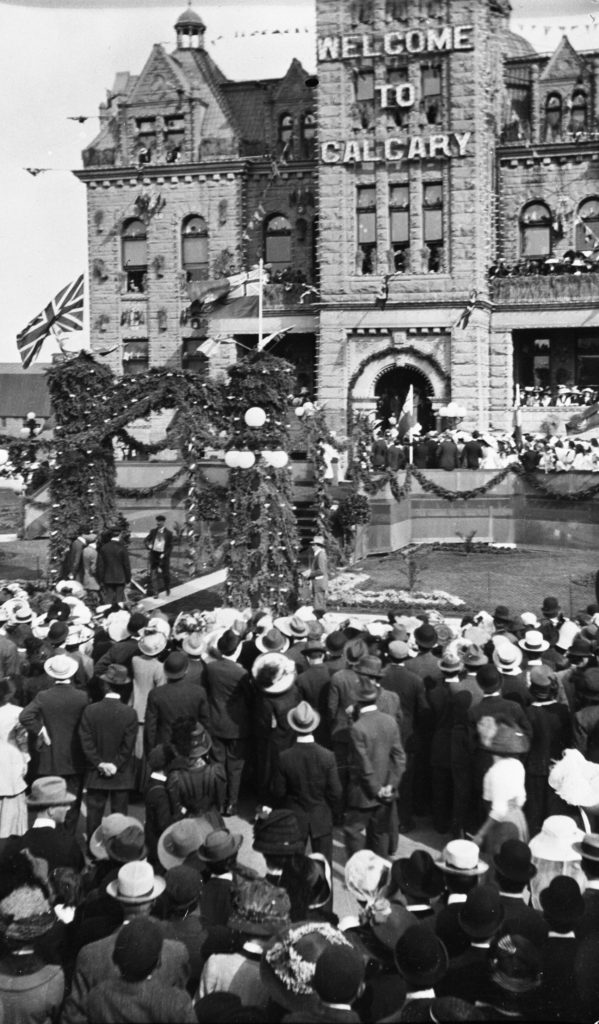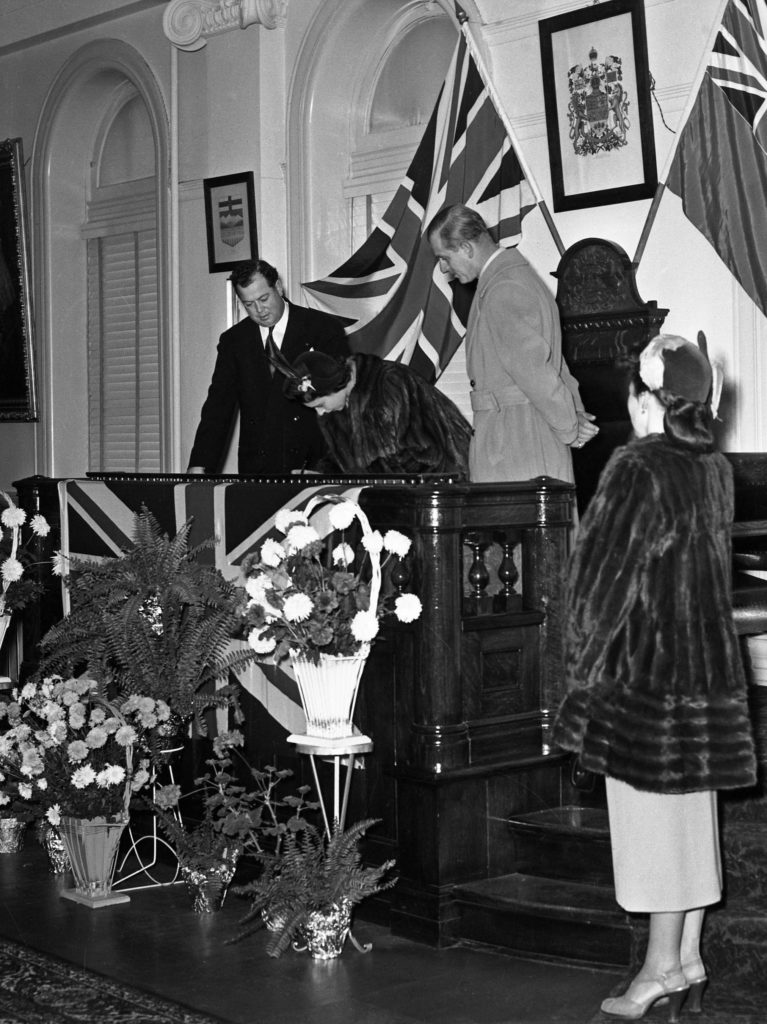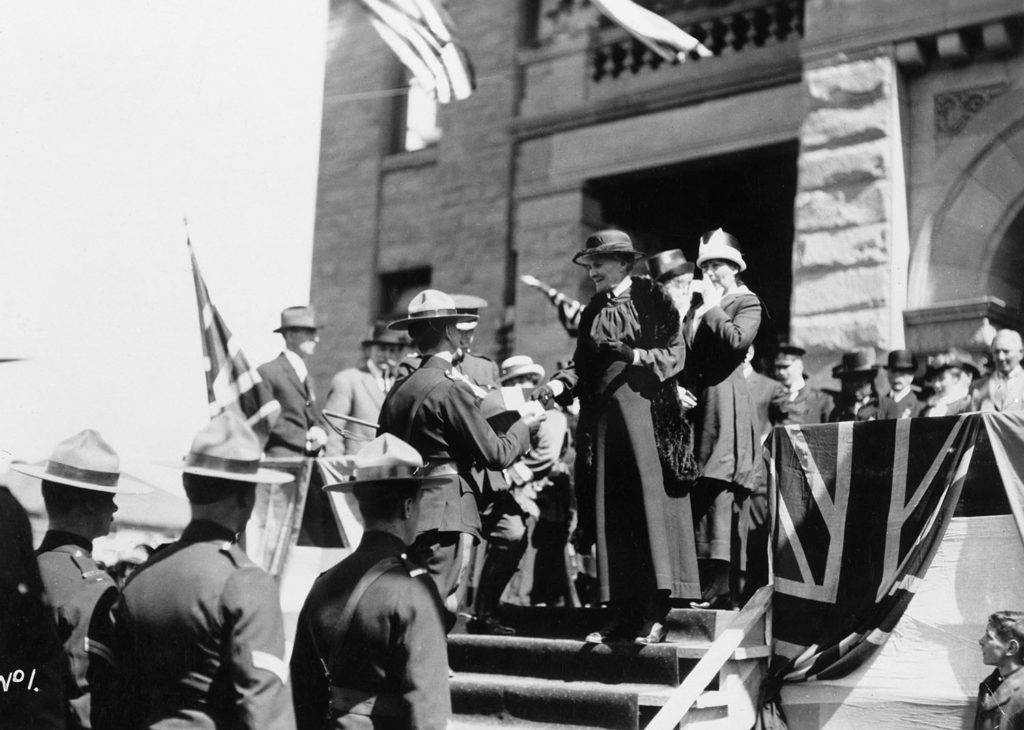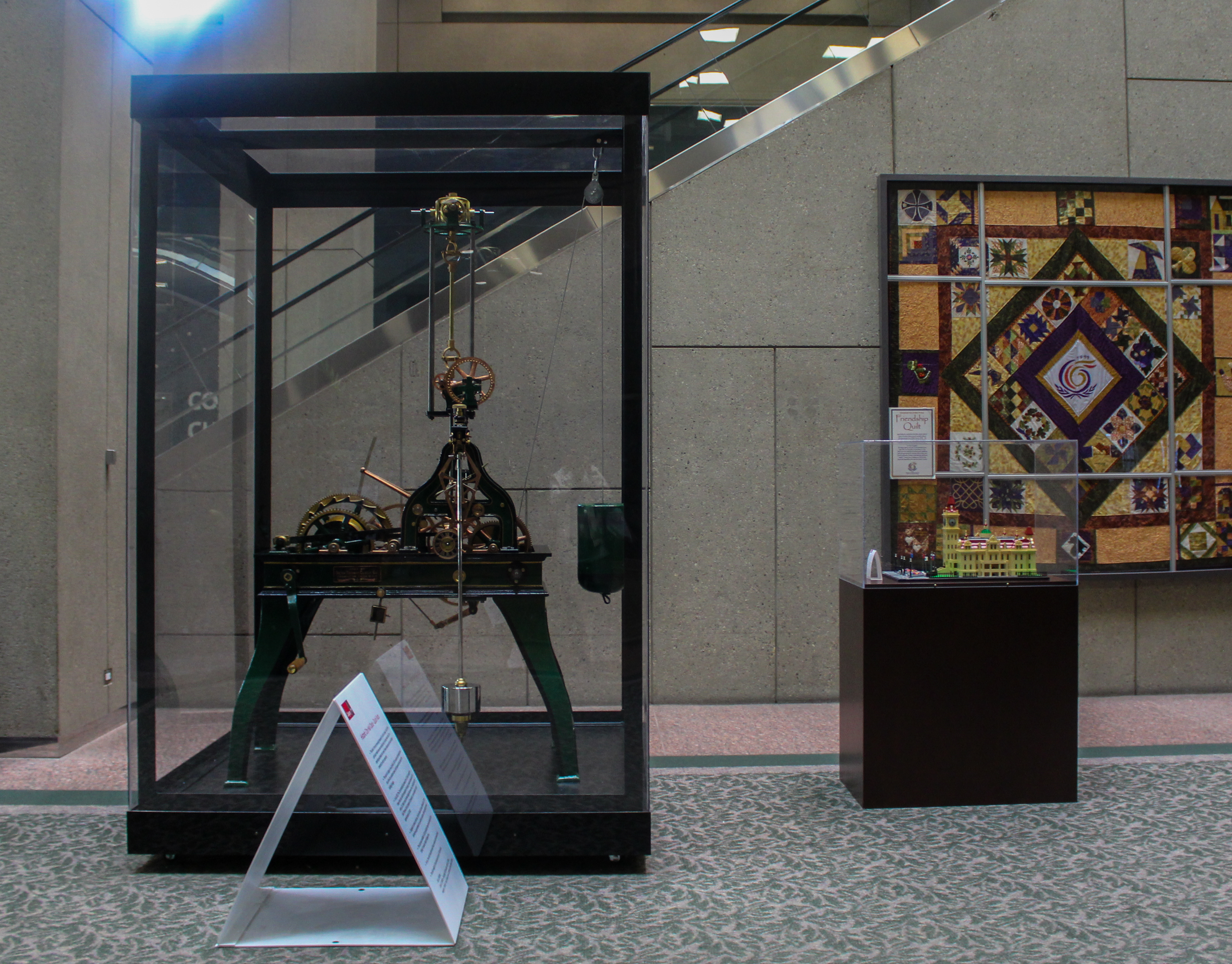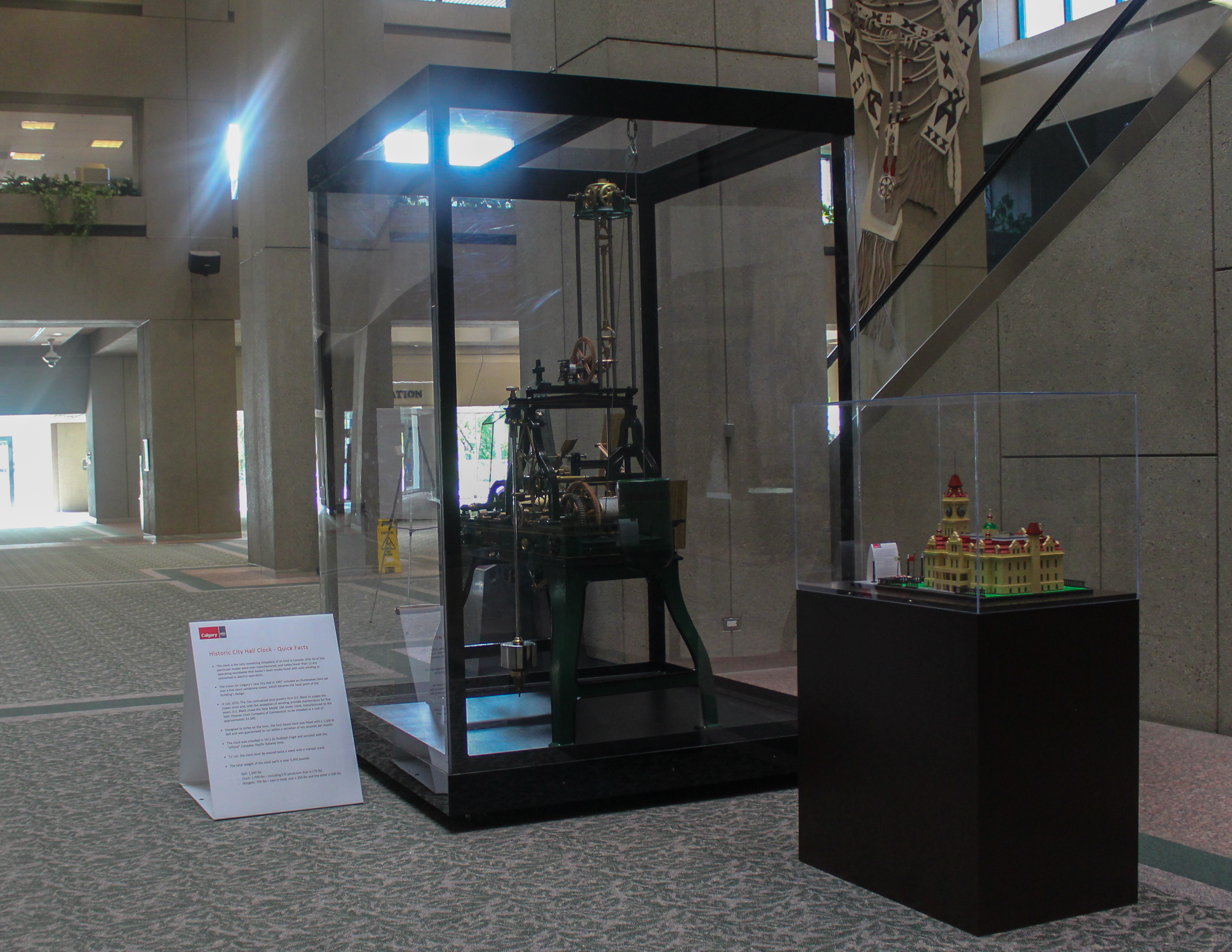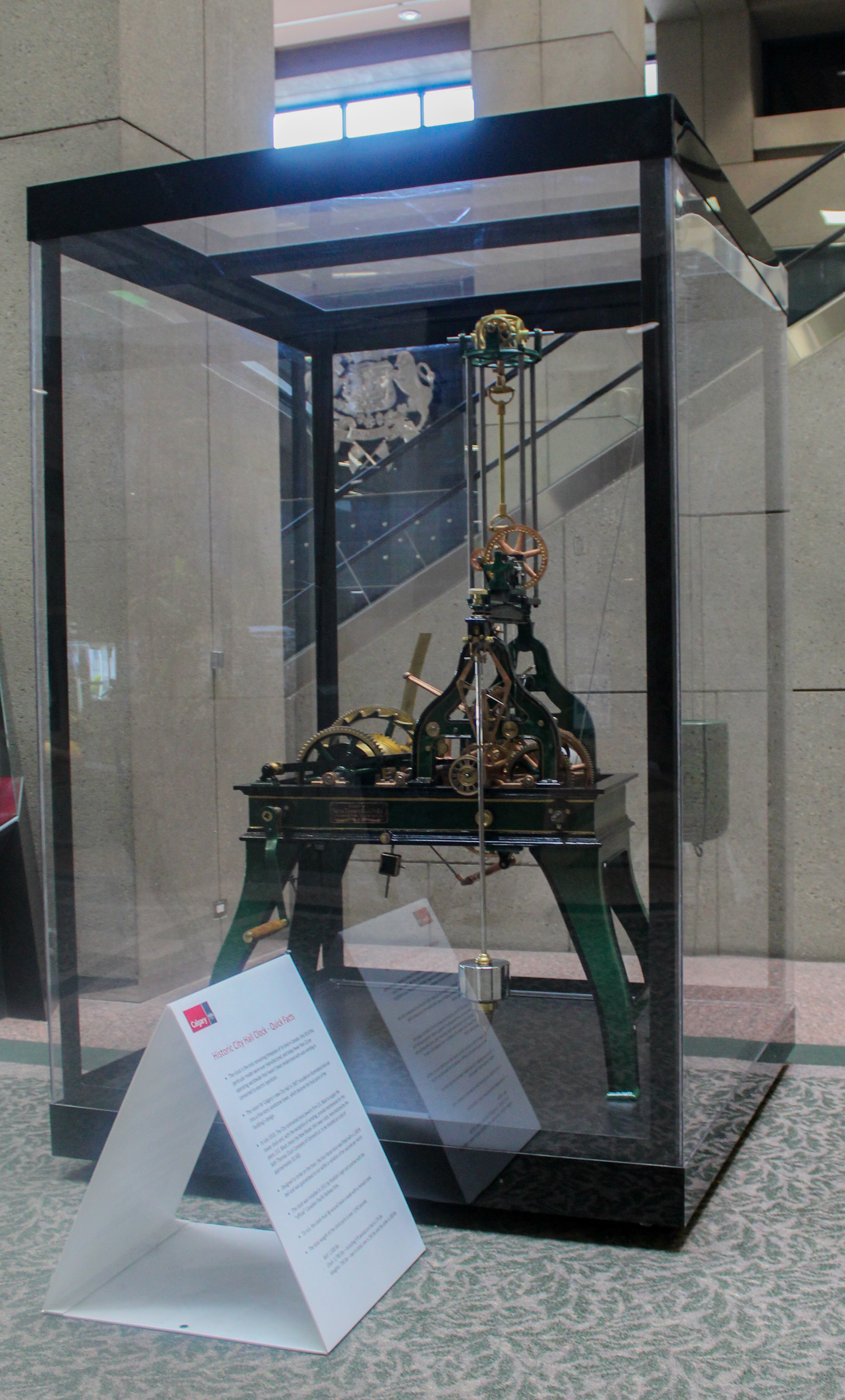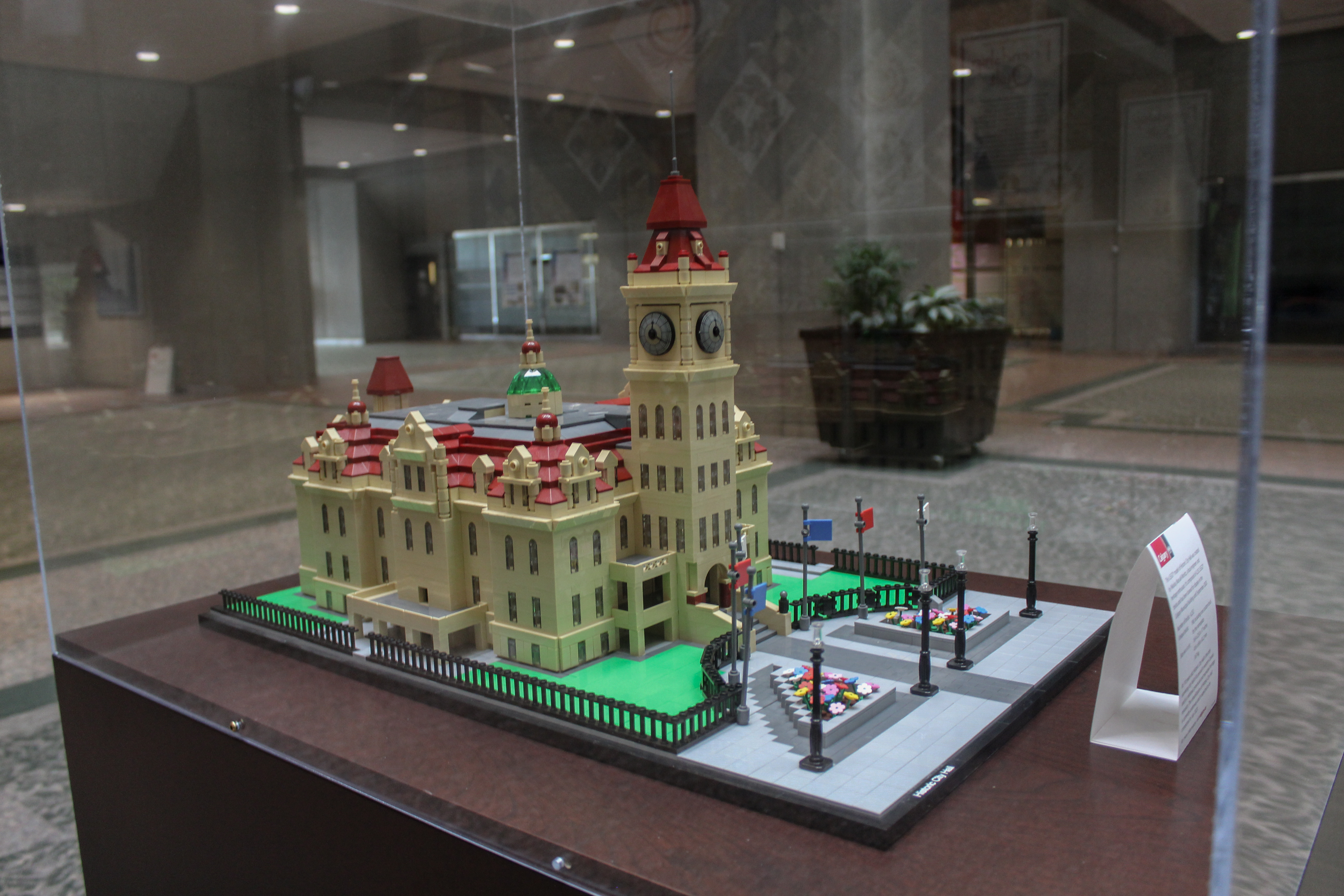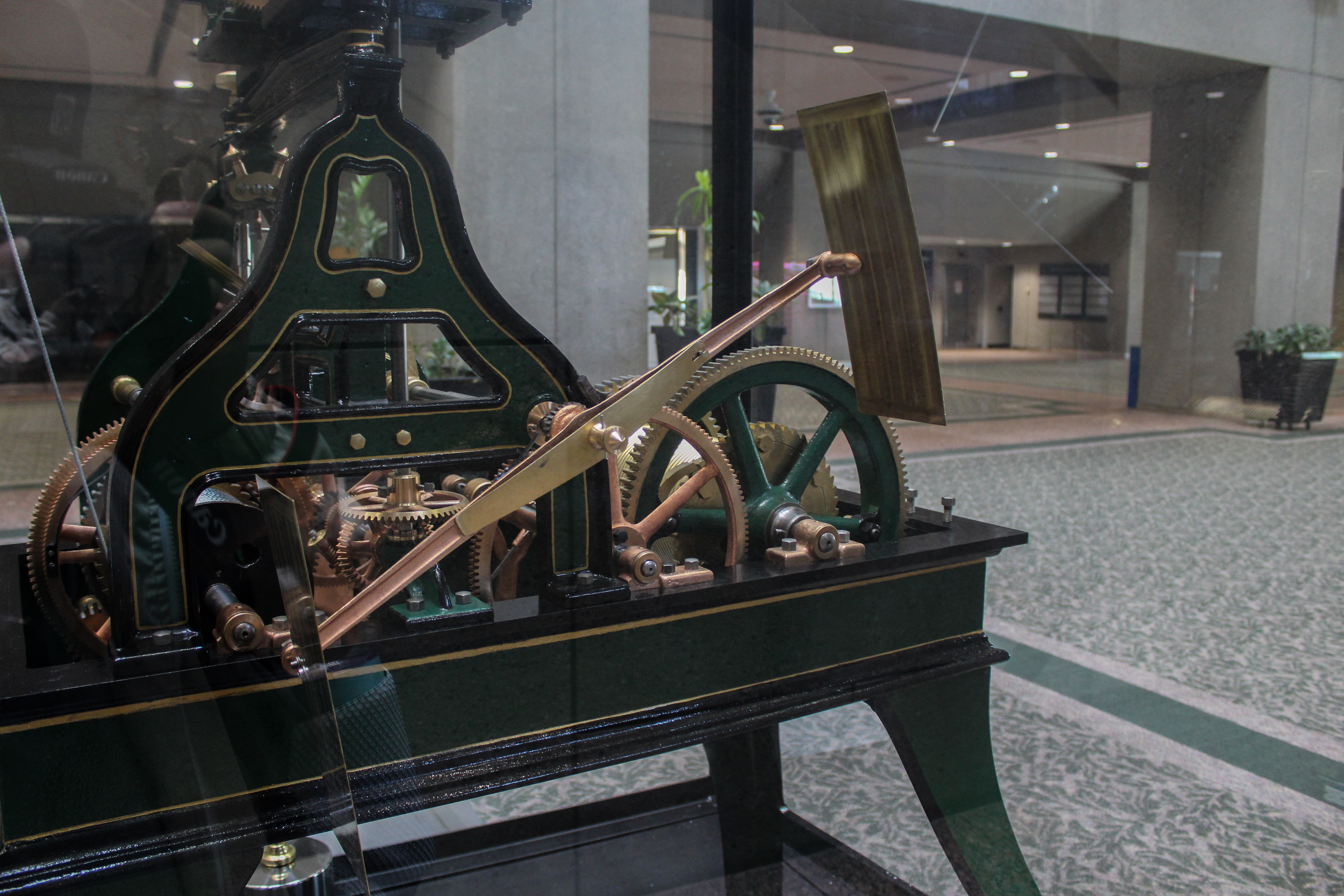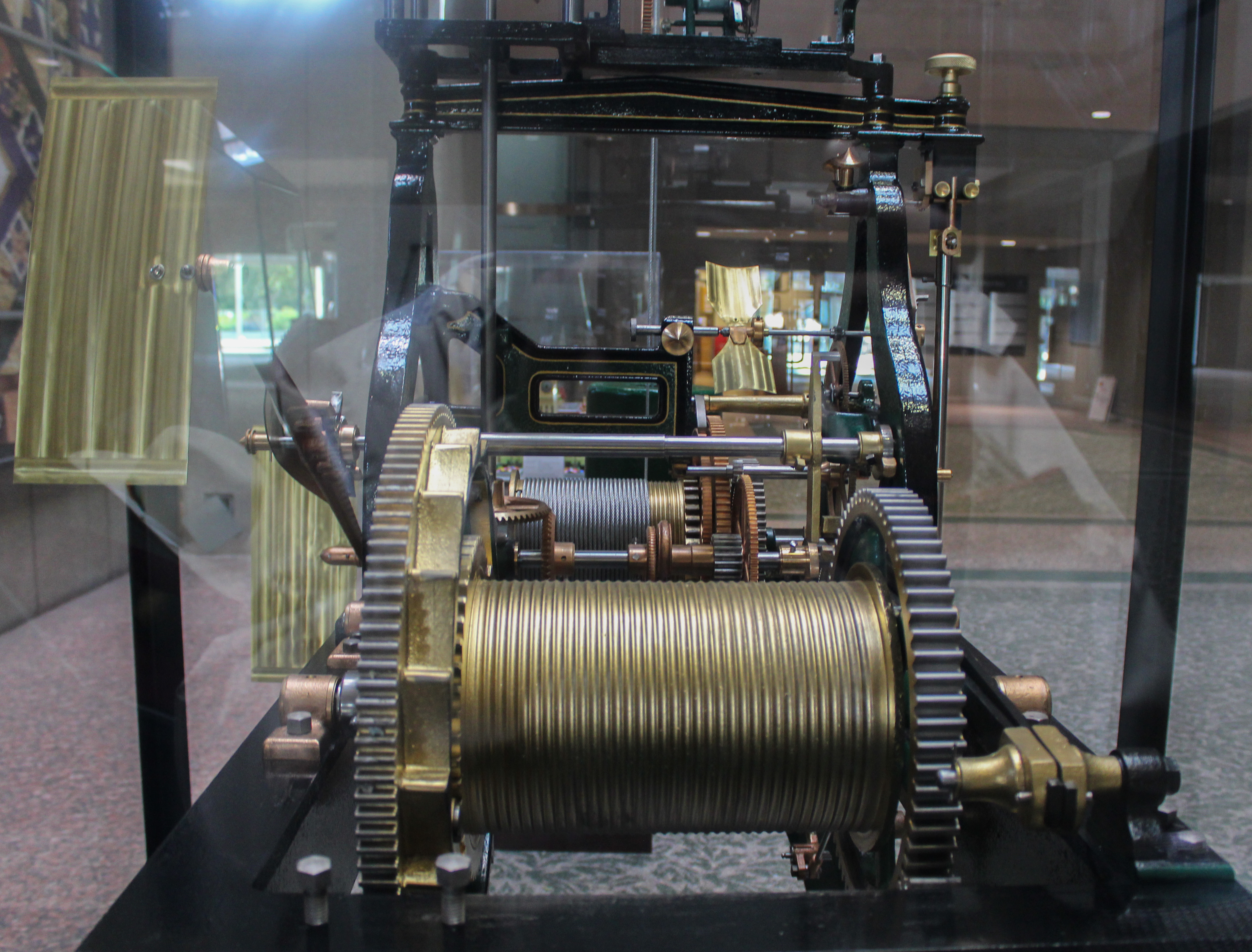Good Ol’ City Hall

The historic Calgary City Hall has lasted and served its purpose for more than a hundred years and it has transcended from being a municipal building to a symbol of Calgary. It had a good run and it is still going to keep serving the city for the next hundred years.
Construction and Heritage
Before Calgary had the city hall, it first had the town hall built in 1885. After some years, it was demolished and in 1985 and the Municipal building emerged.
In 1907, the construction of the new city hall began after years of debate. Architect William M. Dodd was chosen to design it after the city’s civic officials saw his work on Central School and Regina City Hall.
The design incorporated Richardsonian Romanesque style and the building is clad with sandstone. Three porticos stood symmetrically at the front and in the center is the now iconic four-faced tower clock.
The double-sloped roof with steeply-pitched mansard was placed with ornamental lanterns and a glass dome stands on the center.
The interior’s rotunda was lit by the sky and is at the center of the hall. Its light wells were surrounded by highly-detailed cast-iron railings.
During the City Hall’s construction, issues ensued regarding the architect. There were questions about whether he studied architecture and the building costs was bigger than the initial expectation.
After several attempts and processes, a bylaw was passed and Calgarians has approved for additional funds. During these events, the contractor walked out and Dodd was fired.
Even the building of clock tower was almost cancelled due to the problem. When Calgary became a municipality, it didn’t have a timepiece and a canon had to be fired every noon to let Calgarians know of the time.
Only the fortunate ones were able to afford clocks so when the construction of a new city hall was conceptualized, Calgarians did not miss the opportunity to include a public timepiece.
The clock was manufactured by Seth Thomas Clock Company which also provided the Canadian Pacific Railway with its timepieces. Local jewelry firm D.E. Black was constructed to install the tower and maintain it for the next five years.
When the construction of the City Hall was completed, it also served other purposes other than municipal maters. For a time, it was the headquarters of the city police with 15 jail cells and adjacent to it was the courtroom which was also housed inside.
Significant Events
Throughout the years, the City Hall has also accommodated royalties. It was where the Duke and Duchess of Connaught, with their popular daughter, Princess Patricia, was welcomed on September 1912 to witness the first ever Calgary Stampede.
On October 1951, it was visited by Princess Elizabeth and Prince Phillip. On June 1953, the City Hall was decorated to celebrate the proclamation of Princess Elizabeth as the queen.
More prominent people has signed the guest book of the city hall. Some of the names it contains are Mary Macleod who is the wife of the respected Col. James Macleod, as well as Winston Churchill and Prime Minister Louis St. Laurent.
The City Hall has lasted for a very long time that it became an important symbol of art and heritage. It was proclaimed a Provincial Historic Resource in 1978, National Historic Site in 1948 and Municipal Historic Resource in 1990.
This status, along with its standing the test of time, made its rehabilitation a necessity as well as a challenge.
Rehabilitation
In late 2014, the City Hall was covered as the rehabilitation for the historic building started. According to Jillian Henderson, Executive Adviser of the city’s Facility Management, the project is focused only on the exterior.
“The building itself began to show signs of deterioration, which can be expected after weather and aliveness after more than 100 years.”
Rehabilitation, compared to construction is more challenging because changes had to be made in an already existing structure. In the City Hall’s case, it is also a National, Provincial and Municipal Historic Resource.
Because of this status, the building has to look like exactly what it used to in accordance to standards such as the National Resources Act. Thorough research was made and heritage experts were consulted for the $34.1 million project.
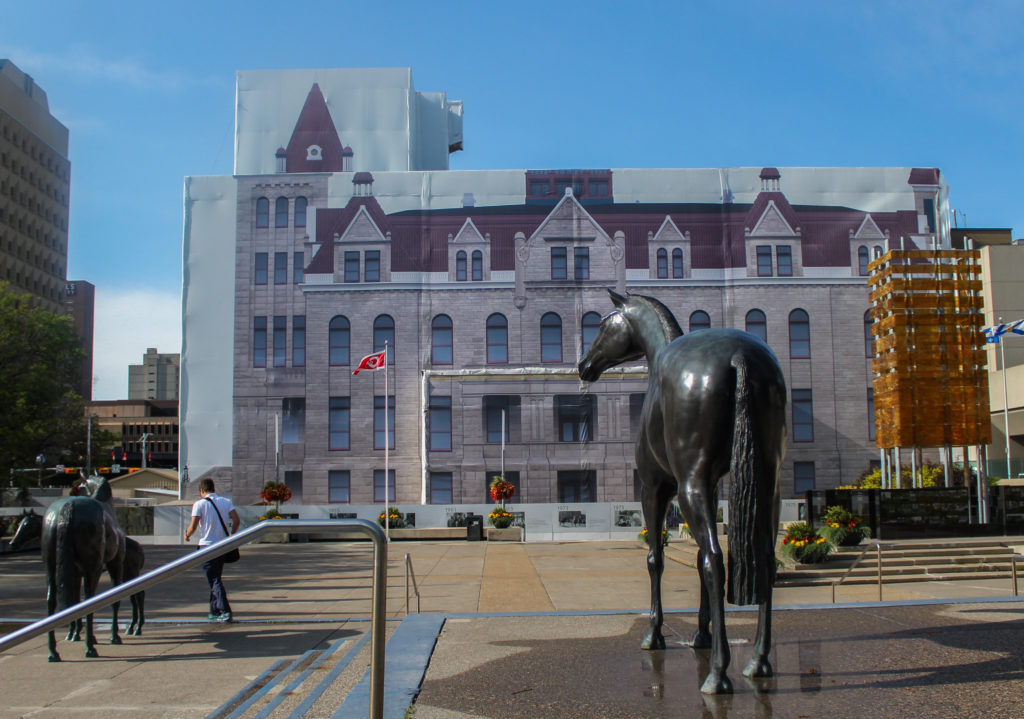
Structural fortifications are being developed so that it would last another hundred years. The building’s distinct sandstone-clad look, according to Henderson, might look a little different due to its color initially, but will go back to the original one when exposed for enough period of time.
The old mortar is being meticulously replaced in the stonemasonry work, which is a rare trade nowadays. The original wood is kept if possible, but the windows are replicated.
Calgary city hall tower clock
As for the tower clock, its mechanism is currently on display at the atrium of the City Hall, right next to a Lego version of the Historic City Hall. It will be reinstalled to the tower on this year’s fall.
The City Hall will still function as a municipal building, but Henderson said that they are still in talks as to which offices will go there. She added that the development is going smoothly and on schedule to open in 2020.
“We’re trying to make sure that throughout the project, we’re sharing information with the public because it’s something that is of interest to folks.”
